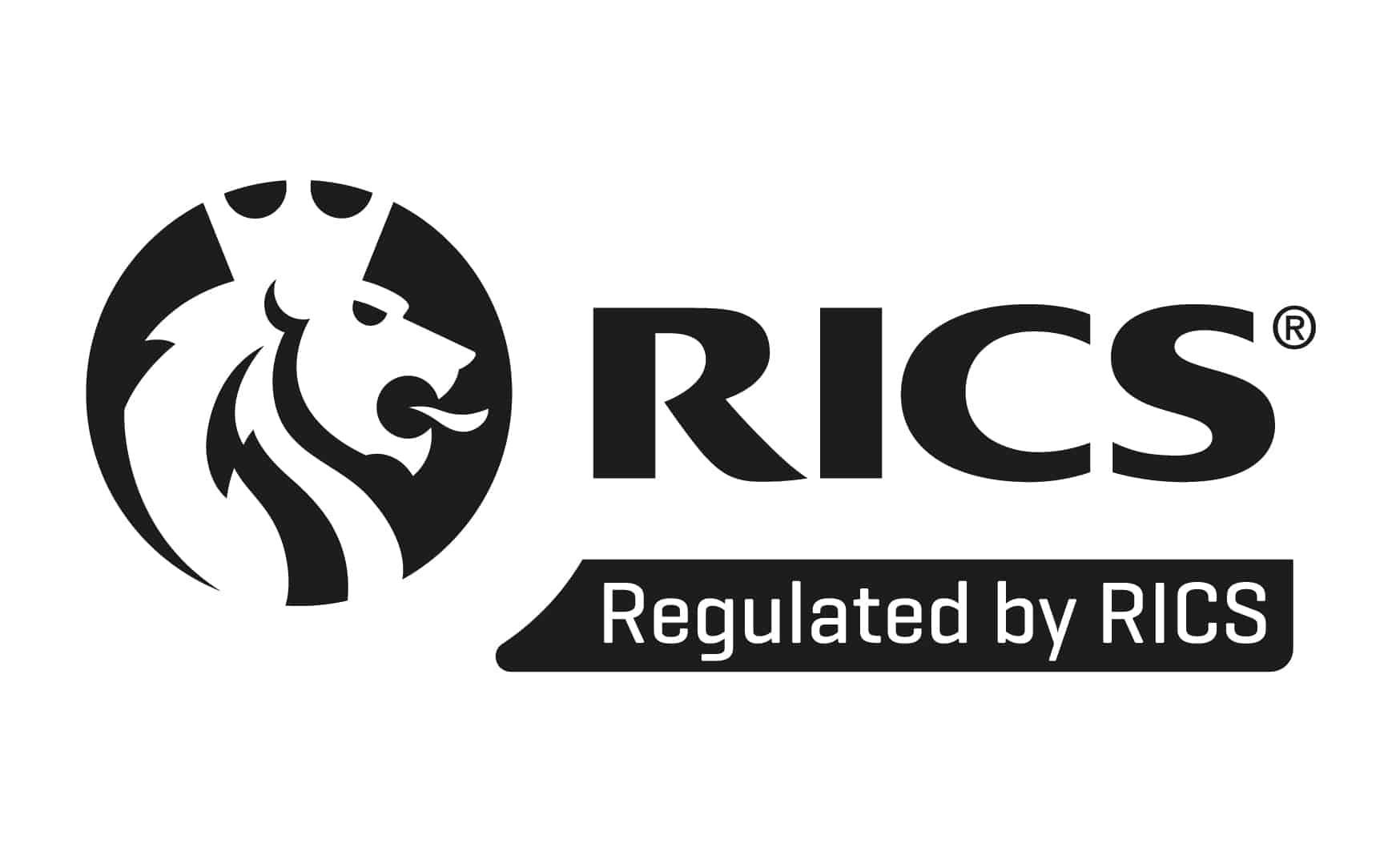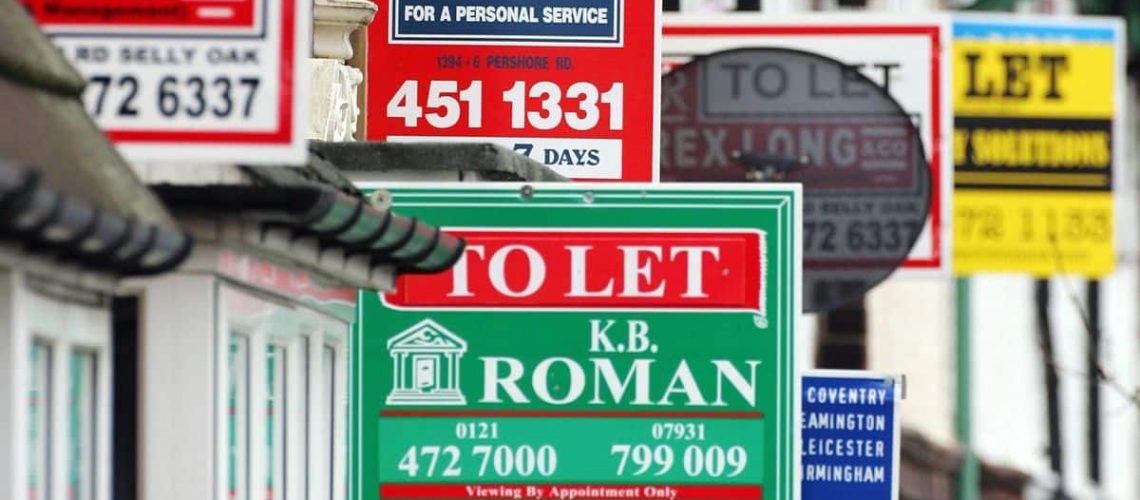There is a significant regional divide when it comes to the areas that are seeing rents rise, and which are seeing them fall, new data from estate agent Your Move has revealed.
For example, three regions have seen rents drop over the past 12 months. The biggest fall was in the capital, where rents dropped 1.4%, though they remain at an average of £1,271 a month.
As a result London remains the most expensive area to rent in the country, and by a healthy margin.
The North East and Wales also saw rents fall over the last year, though these falls were much more modest. In the North East rents now stand at an average of £535 following a 0.7% drop, while Welsh tenants pay an average of £588 with rents down 0.1%.
Rents rising sharply in the south west
However, on average rents in England and Wales are up by 2.6% over the last year, reaching an average of £861.
The biggest rise was seen in the South West where they jumped by 4.1% to hit an average of £686, while rents in the East Midlands now average £656 after rising 2.7%.
Martyn Alderton, national lettings director at Your Move, noted that it appears there is less rental stock available this year compared to the same period last year, which he suggested may be the result of tenants opting to stay in their properties longer or of landlords exiting the market.
He added: “In our experience, demand has not slowed, and when a suitable property comes to market, it is soon let. It’s this tenant demand that invariably affects rental prices – more so in some regions than others.”
Here is how rent compares across the various regions of England and Wales, according to the study:
- North East – £535
- Yorkshire & the Humber – £579
- Wales – £588
- West Midlands – £617
- North West – £634
- East Midlands – £656
- South West – £686
- East of England – £890
- South East – £895
- London – £1,271
We need more homes to rent!
Figures from the letting agent trade body ARLA Propertymarksupport the idea that demand from tenants is rising.
It found that the number of new prospective tenants registered per letting branch jumped to 79 in July, up from 71 the month before, which was the highest figure seen since last September.
However, this rise in demand had coincided with a drop in stock. The average number of properties available to rent had fallen from 191 in June down to just 184 in July.
David Cox, chief executive of ARLA Propertymark, blamed regulatory changes for pushing landlords out of the market.
He said: “To put tenants back in the driving seat, we need more homes available to rent, and the only way this will be achieved is if the Government makes the market more attractive for buy-to-let investors.”
What next for rents prices?
This imbalance between rising demand and falling supply levels is likely to cause rents to rise, in the short term at least.
But rents are also forecast to see stronger growth than house prices over a longer-term basis too. According to the Royal Institution of Chartered Surveyors, rents are likely to rise by 3% a year over the next five years, while house prices are set to increase by around 2% a year over the same period.



